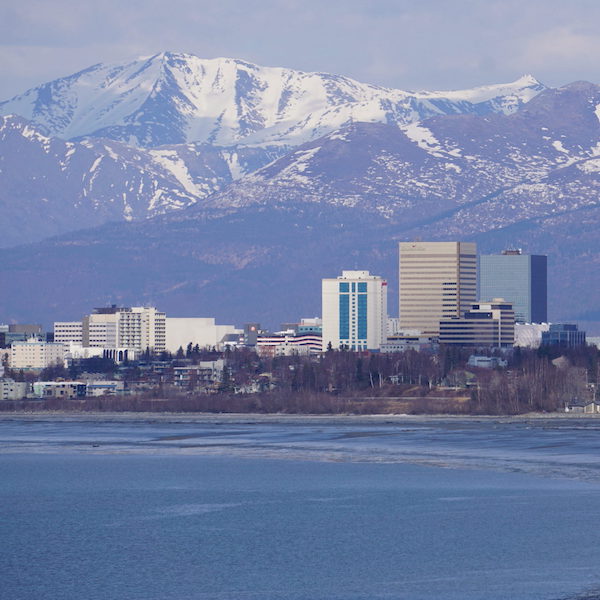Experts warn Alaska’s economy increasingly dependent on D.C. dollars
Alaska’s economy, long balanced on a “three-legged stool” of petroleum, private industry and federal spending, is now leaning more heavily than ever on Washington. That was the message from a recent virtual forum hosted by Commonwealth North, the University of Alaska Anchorage’s Institute of Social and Economic Research (ISER) and Build Alaska’s Future.

Held on May 1, the event, titled “How Shifting Federal Dollars Impact Alaska’s Economy,” offered a data-driven analysis of the state’s increasing fiscal dependence on federal spending and Permanent Fund earnings as oil revenues continue to decline.
Dr. Scott Goldsmith, Professor Emeritus at ISER, outlined the “three-legged stool” model, explaining that with the petroleum leg weakening, federal dollars have become increasingly critical. Alaska now ranks third in the U.S. for per capita federal expenditures, with Washington injecting an estimated $13 to $14 billion annually into the state’s economy.
Permanent Fund rising, oil falling
As petroleum revenue shrinks, the Alaska Permanent Fund has become a financial cornerstone. The fund, now valued at more than $80 billion, contributed over $3 billion annually to the state budget in recent years—sometimes outpacing oil revenues. Still, Goldsmith cautioned that persistent budget deficits and limited liquidity in the spendable portion of the fund pose long-term risks. “The Permanent Fund is a lifeline,” he said, “but it’s not a cure-all.”
Economy recovering, but exposed
ISER’s Dr. Brett Watson reported that employment and real GDP have finally returned to pre-2015 levels, with Alaska experiencing 6.3% employment growth from 2022 to 2024—nearly double the national average. However, this recovery was driven largely by sectors like healthcare and construction, both bolstered by federal spending. With national economic indicators weakening, Watson warned that if the country slides into recession, Alaska will struggle to avoid one.
Federal job cuts loom
Dr. Brock Wilson, a labor economist at ISER, said that proposed cuts to the federal civilian workforce could result in a 2–4% reduction in Alaska’s 16,000 federal civilian jobs. These jobs are concentrated in Anchorage and Fairbanks and represent some of the state’s highest wages.
“We’re piecing together a puzzle in the dark,” Wilson said, noting a lack of regional payroll data as he awaits information via a FOIA request.
Infrastructure funding faces implementation crisis
Dr. Mike Jones, a transportation and supply chain expert at ISER, highlighted challenges tied to Alaska’s $8.5 billion in federal infrastructure funding from the Infrastructure Investment and Jobs Act. Corrected figures show $81.2 million for rural airports and $16.8 million for the Alaska International Airport System in FY2024. But federal agency understaffing has slowed implementation, especially for rural energy and housing projects.
Jones also warned of impacts from federal trade policy, including tariffs on Chinese goods that are driving up costs in remote communities.
“If a multi-year project is delayed, it may never happen,” he said, especially in Alaska’s off-road communities, where over 80% of non-food goods are imported.
Policy shifts under Trump administration examined
Panelists discussed potential economic effects of recent executive orders from President Trump aimed at increasing oil, gas, and mineral development in the National Petroleum Reserve-Alaska and the Ambler mining district. While these could boost jobs, proposed Medicaid cuts and uncertainty over IRA-funded clean energy grants—over $700 million statewide—could hurt healthcare access and energy transitions in rural areas.
Looking ahead
With Alaska’s senior population up 60% over the last decade and long-term federal commitments under strain, speakers urged strategic advocacy to preserve funding for infrastructure, healthcare, and indigenous services.
“We’ve started this recovery,” Jones said, “The challenge is sustaining it amid federal and global uncertainties.”
Watch the full forum and download the presentation slides at Commonwealth North’s website.
Source: Commonwealth North. Reprinted with permission.